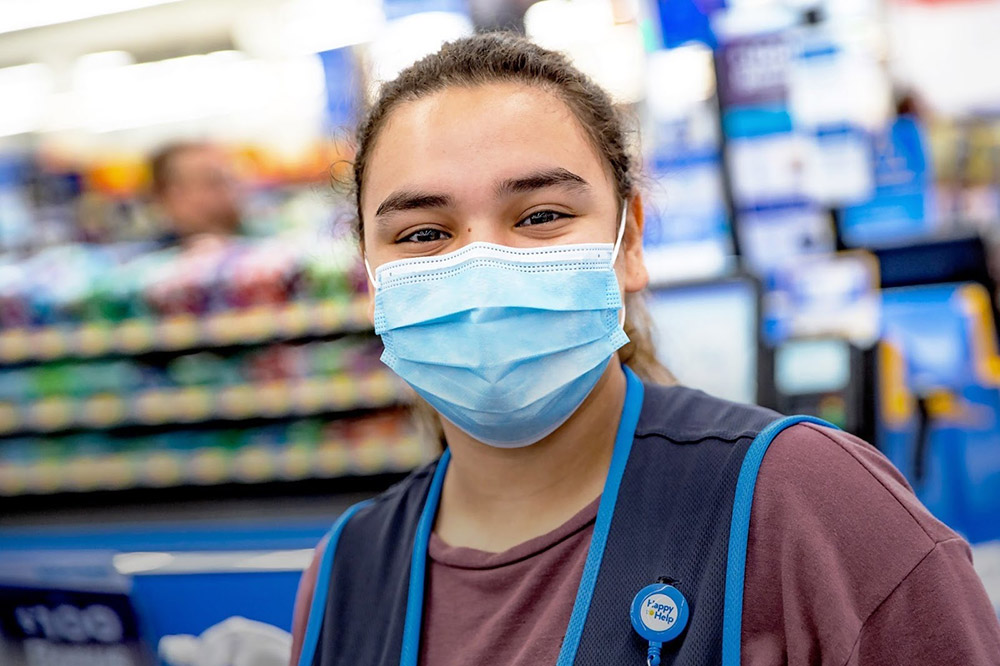When it comes to essential workers battling front-line against COVID-19, some of the key advices such as keeping a distance or minimizing interaction with affected people can be challenging to be put in practice. Furthermore, there are several communities in need all over the country that are less likely to follow social distancing orders due to social and income disparities that forces them to continue working, putting the whole community at risk.
So, what steps can the government take to protect front-line communities and workers as COVID-19 ravages the nation?
1. Supplying PPE to Front-Line Workers
Health Departments across the country should work rigorously to strengthen the physical safety protection of essential workers deemed not only high-risk but also low-or-medium-risk under the Occupational and Safety Health Act. Moreover, there should be no uncertainty within the employer community about the standard of care that the management is expected to provide for vulnerable workers, employers must look out for their personnel and provide them with Personal Protective Equipment (PPE) when the government fails to do so.
2. Testing and Treatment Close to Home
Having the virus spread relatively under control requires us to increase our COVID-19 surveillance capacity. That means inciting people, especially those in high-risk groups, to report their symptoms and get tested. Decisions over where to place a testing facility should factor in risks from employment and risks associated with housing and transportation. Front-line workers and people from high-risk communities, particularly those with low rates of social distancing, should be filled with COVID-19 testing and PPE distribution centers.
3. Creating Spaces for Quarantine

It has been demonstrated that low-income individuals continues to use public transit systems to commute to work and are more likely to live in substandard, dense housing contexts. Because of work demands, transportation needs and housing settings, social distancing is not possible or is difficult for them. One option for local community leaders is to apply Provider Relief Fund and CARES Act funds to establish community-based quarantine spaces supported by clinical and mental health providers to help slow the spread of the virus.
4. Assembling Trusted Contact-Tracing Teams Locally
Dealing with a positive COVID diagnosis is an incredibly private struggle for an individual with limited resources; someone in this circumstance needs information, support, and empathy. That’s why we encourage community leaders to consider using the various federal coronavirus funding streams to deploy contact tracing teams in susceptible communities. These persons need a trusted contact tracing workforce that is emotionally and culturally sensitized to the values and taboos of the community they assist.
Being Proactive in Times of Need
At We Shield we work tirelessly to create a safe and clean environment for our front line workers and individuals in communities at most risk of contracting and propaging COVID-19 by sourcing and distributing top-quality personal protective equipment and safety supplies at the best pricing on the market.
